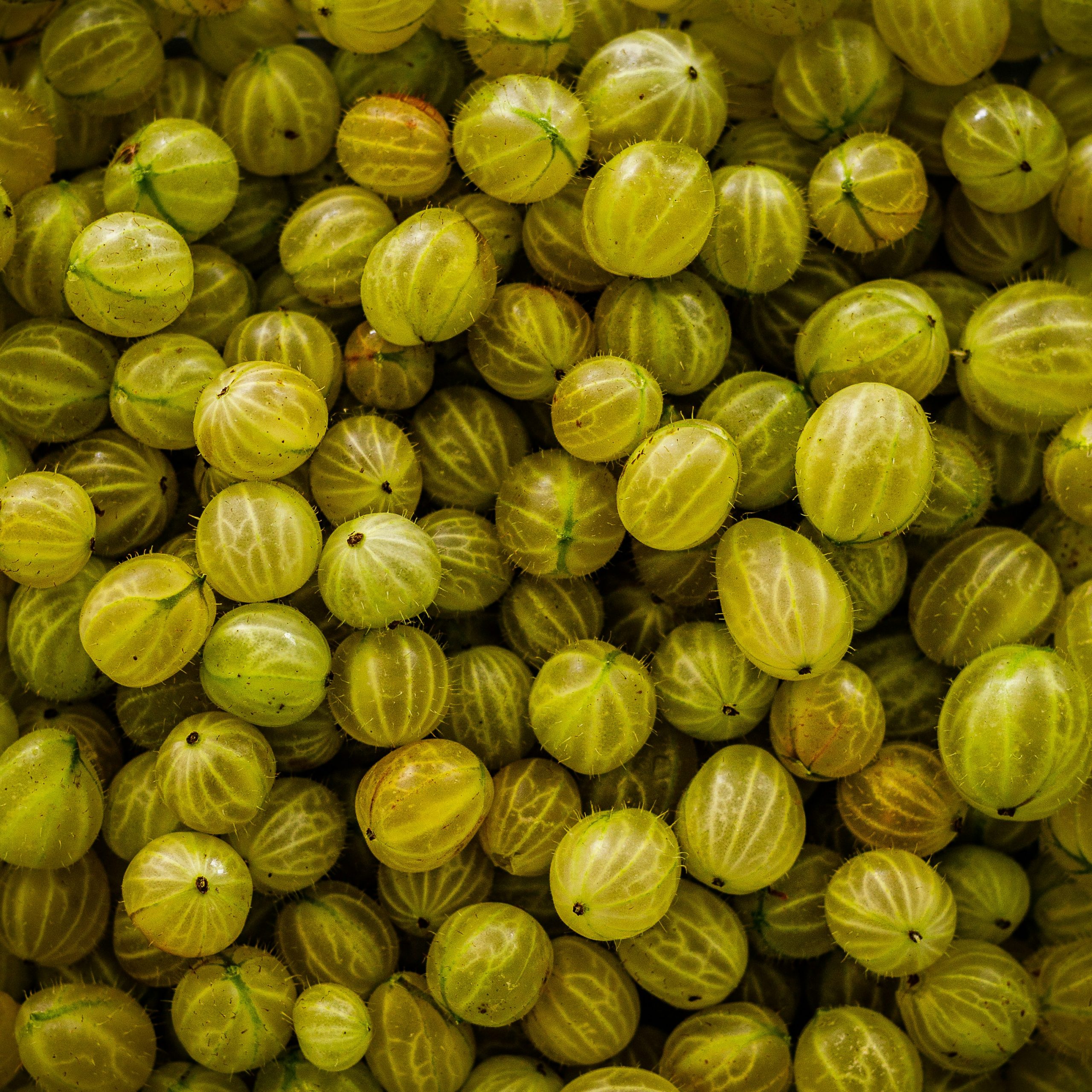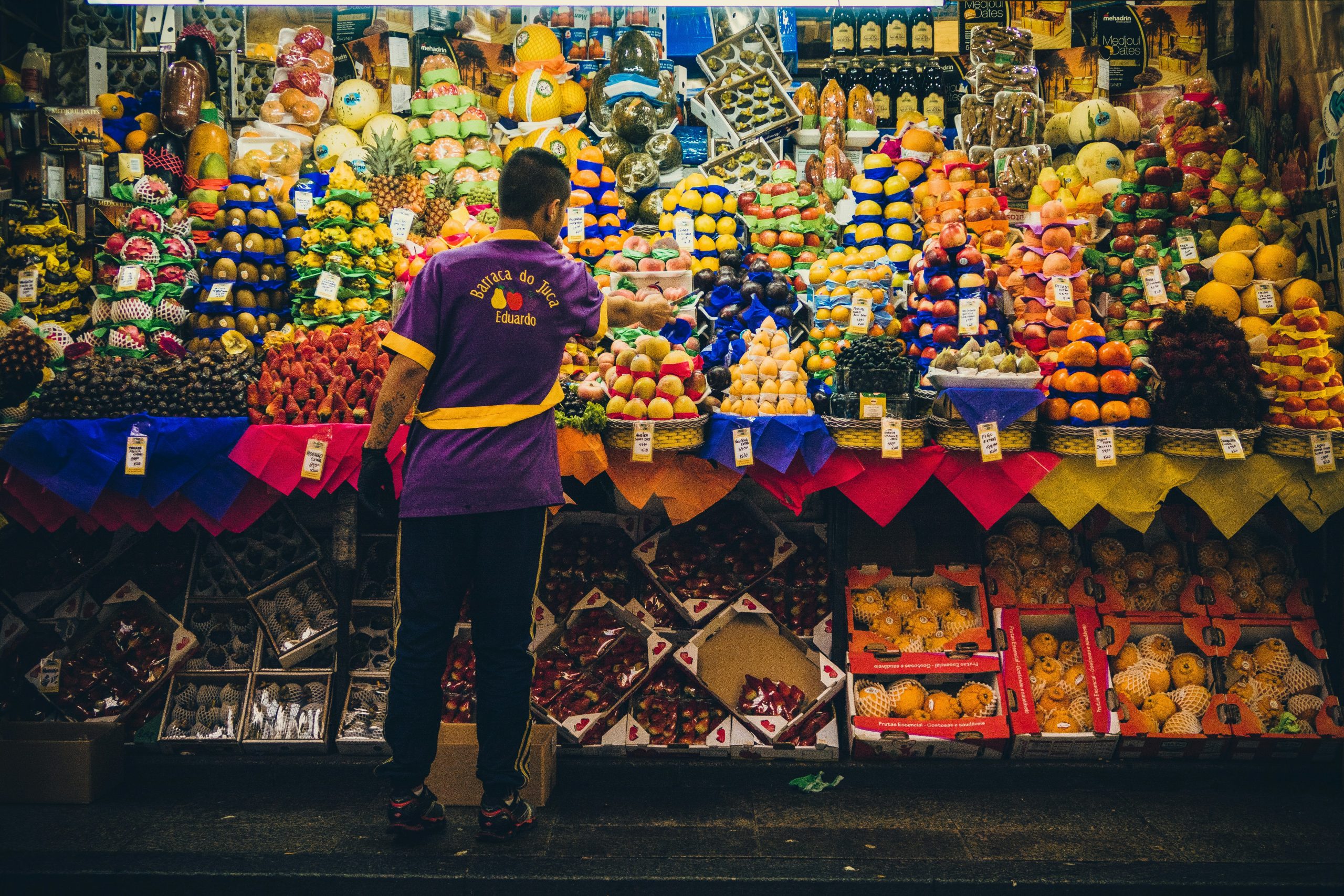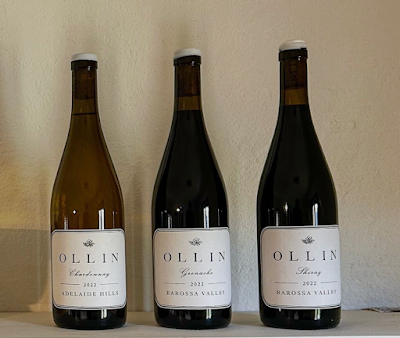Barossa Valley, Part 1
Then on to the Barossa, where I wanted to taste the 'new' or 'alternative' Barossa. My first stop is at Agricola in the Eden Valley. This is a small operation (700 cases per year) by Callum Powell, the son of ex-Torbreck winemaker David Powell. His wines are nothing like Torbreck, though.Callum's wines have been well received and are sold out, but he was kind enough to open two bottles for me. One of the key features of his Shiraz winemaking is the use of 100% whole bunch in the ferment. Let's see how this goes. He also does not do any manipulation, say adding acid etc.The first wine is the 2023 Agricola DWxHV Shiraz. DW stands for Dallwitz, HV for Hutton Vale. So this is a blend of fruit from the famous Hoffmann managed vineyard in Ebenezer and Eden Valley. The wine is fresh and very savoury and drinks well. I took the bottle with me, and found on day two that more green elements emerged. Using 100% whole bunch is brave in a cool vintage such as 2023, but the fruit from the warm Ebenezer area made it work, although not perfect (92 points).The second wine, the 2023 Agricola Ebenezer Shiraz comes from old Dallwitz and Dimchurch fruit (not the oldest blocks). The wine is bright, and tastes of red skinned fruit, licorice, and mocca. This is also a fresh wine, a little bit herbal. There is no sweetness in these wines and alcohol is about 13.9% (92 points).I found these wines interesting. In warmer vintages and with more experience, they could become outstanding.My second visit is to Ollin, a new winery only started in February of this year. However, Jaysen Collins, the winemaker, is very experienced, probably best known for the work at Massena together with Dan Standish.The surprise here was that I liked the white wines better than the reds. The 2022 Ollin Chenin Blanc spent 24 months on lees, yet the colour was still bright. This was a refreshing dry field blend with 13.5% alcohol (92 points). The 2022 Ollin Chardonnay was my wine of the tasting. It spent 12 months on lees and was matured in old French barrels. Gentle citrus flavours dominate in this textural wine (93 points). I also liked the 2023 Ollin Rosé from Grenache fruit. 12 months on lees and barrel fermented, this is made in the Provence style - pale, but with flavour (92 points). I was not too impressed with the red wines. The 2022 Balto Grenache from Standish fruit was hand stomped. It is meant for early drinking, but I found fruit and earthy components not well integrated (86 points). The 2022 Ollin Grenache is more serious. It comes from 160 year old fruit in the Eden Valley. There is a lot of spice on the palate. The wine is quite astringent and acidic (87 points). The 2022 Ollin Shiraz, from Kalleske fruit, is a slightly better wine. It is fresh, red fruited, but also quite astringent (89 points).

Then on to the Barossa, where I wanted to taste the 'new' or 'alternative' Barossa. My first stop is at Agricola in the Eden Valley. This is a small operation (700 cases per year) by Callum Powell, the son of ex-Torbreck winemaker David Powell. His wines are nothing like Torbreck, though.
Callum's wines have been well received and are sold out, but he was kind enough to open two bottles for me. One of the key features of his Shiraz winemaking is the use of 100% whole bunch in the ferment. Let's see how this goes. He also does not do any manipulation, say adding acid etc.
The first wine is the 2023 Agricola DWxHV Shiraz. DW stands for Dallwitz, HV for Hutton Vale. So this is a blend of fruit from the famous Hoffmann managed vineyard in Ebenezer and Eden Valley. The wine is fresh and very savoury and drinks well. I took the bottle with me, and found on day two that more green elements emerged. Using 100% whole bunch is brave in a cool vintage such as 2023, but the fruit from the warm Ebenezer area made it work, although not perfect (92 points).
The second wine, the 2023 Agricola Ebenezer Shiraz comes from old Dallwitz and Dimchurch fruit (not the oldest blocks). The wine is bright, and tastes of red skinned fruit, licorice, and mocca. This is also a fresh wine, a little bit herbal. There is no sweetness in these wines and alcohol is about 13.9% (92 points).
I found these wines interesting. In warmer vintages and with more experience, they could become outstanding.
My second visit is to Ollin, a new winery only started in February of this year. However, Jaysen Collins, the winemaker, is very experienced, probably best known for the work at Massena together with Dan Standish.
The surprise here was that I liked the white wines better than the reds. The 2022 Ollin Chenin Blanc spent 24 months on lees, yet the colour was still bright. This was a refreshing dry field blend with 13.5% alcohol (92 points). The 2022 Ollin Chardonnay was my wine of the tasting. It spent 12 months on lees and was matured in old French barrels. Gentle citrus flavours dominate in this textural wine (93 points). I also liked the 2023 Ollin Rosé from Grenache fruit. 12 months on lees and barrel fermented, this is made in the Provence style - pale, but with flavour (92 points).
I was not too impressed with the red wines. The 2022 Balto Grenache from Standish fruit was hand stomped. It is meant for early drinking, but I found fruit and earthy components not well integrated (86 points). The 2022 Ollin Grenache is more serious. It comes from 160 year old fruit in the Eden Valley. There is a lot of spice on the palate. The wine is quite astringent and acidic (87 points). The 2022 Ollin Shiraz, from Kalleske fruit, is a slightly better wine. It is fresh, red fruited, but also quite astringent (89 points).















